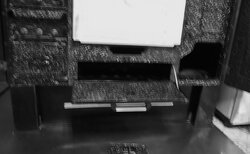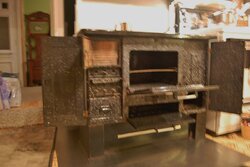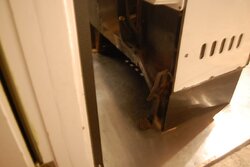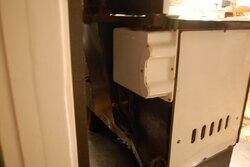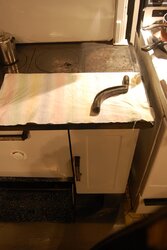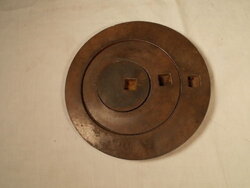- Jan 6, 2015
- 101
I'm having difficulty with this kitchen wood stove. Can't seem to get it hot enough to bake with, it only seems to go to 300F, even with lots of maple wood coals.
It needs to be 400 F and above to bake and this seems to take hours to get there. How would you get such a small firebox (see picture) to get really hot? Without burning down the house that is.

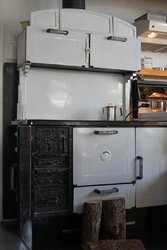
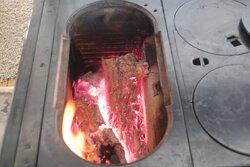
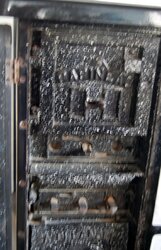



It needs to be 400 F and above to bake and this seems to take hours to get there. How would you get such a small firebox (see picture) to get really hot? Without burning down the house that is.








